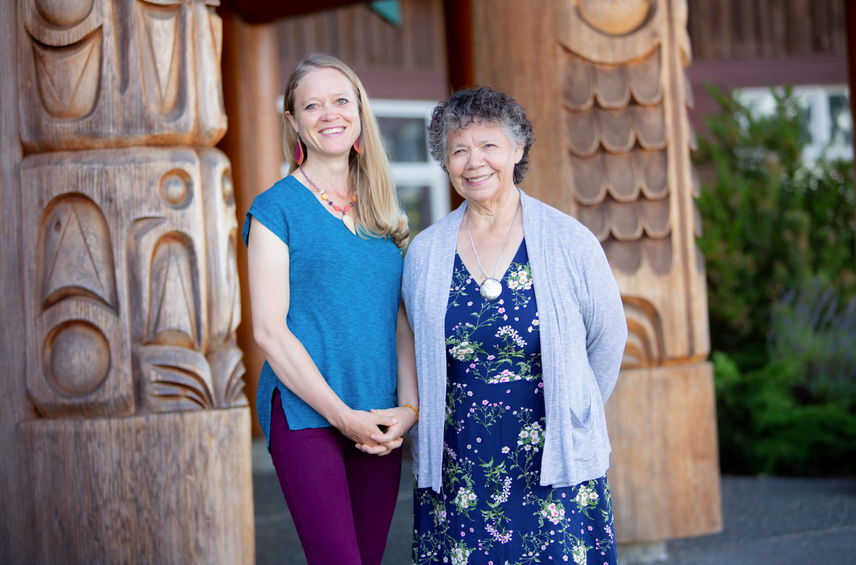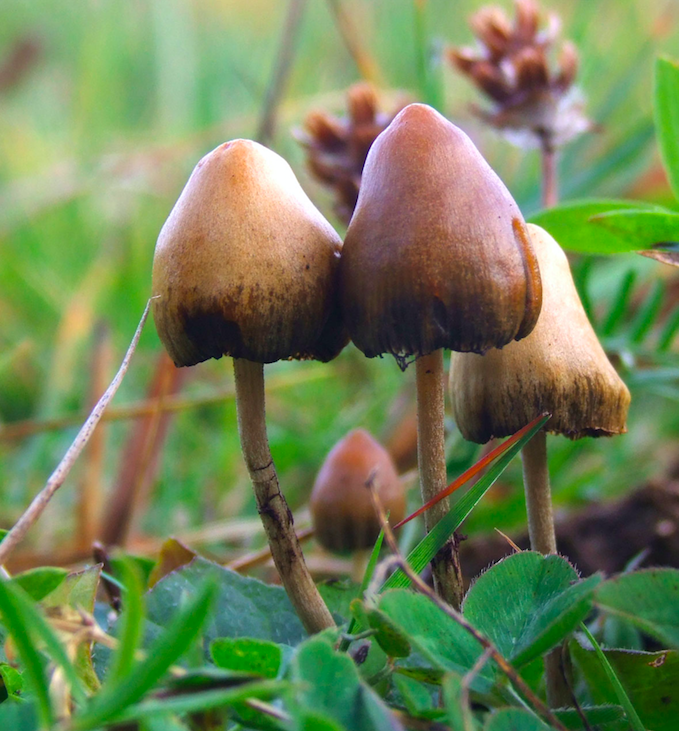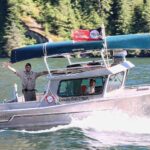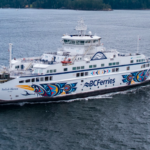There’s no disputing that psychedelics are having a moment.
These consciousness-altering substances were the subject of a widely-viewed Netflix series last year based on Michael Pollon’s best-selling book, How To Change Your Mind.
Earlier this year, Oregon became the first U.S. state to legalize magic mushrooms.
But the latest development in a decades-long effort to make psychedelics more accessible as a mental health treatment is happening here on the B.C. Coast.
“Unlike conventional Western therapy, psychedelics involve a lowering of the typical defences of the nervous system and ego, to access areas of oneself that require a holistic and integrative perspective.”
Dr. Shannon Dames, VIU psychedelic-assisted therapy program chair.
Earlier this month, Vancouver Island University in Nanaimo announced a new centre devoted entirely to psychedelic research. The centre is globally unique because its work is being guided by Indigenous knowledge practices.

Credit: Vancouver Island University.
Indigenous cultures “have dealt with the complexities of human health from a holistic perspective since time immemorial,” Dr. Shannon Dames, the university’s psychedelic-assisted therapy program chair, said in a release. “Unlike conventional Western therapy, psychedelics involve a lowering of the typical defences of the nervous system and ego, to access areas of oneself that require a holistic and integrative perspective.”
“We have to come to an agreement around what this looks like, how do we keep people safe, how do we leave enough room for intuition as the field develops without creating safety issues.”
Dr. Shannon Dames
The initiative is officially known as the Naut sa mawt Centre for Psychedelic Research, which takes its name from a Coast Salish phrase meaning “working together, as one mind and spirit.”
“The research done at the Naut sa mawt Centre is currently helping firefighters with PTSD, as well as people who have received terminal diagnoses and treatment of fibromyalgia. An Alzheimer’s disease treatment is also in development,” Victoria Buzz reports.

This type of research is so new that many of the protocols have to be created from scratch.
“We have to write the rules,” Dames told CHEK News. “We have to come to an agreement around what this looks like, how do we keep people safe, how do we leave enough room for intuition as the field develops without creating safety issues.”
“The aim is to promote reconciliation,” she said, “guided by protocols that prevent the repeating of historical wrongs.”






